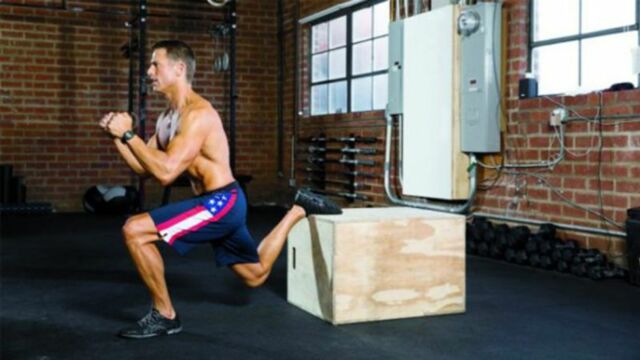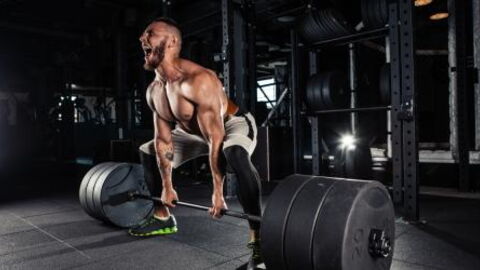No, buttocks should not be worked on only by women. If squats or lunges are exercises that strengthen this muscle group, one exercise is even more effective: the Bulgarian squat.
Discover our latest podcast
Halfway between the two exercises mentioned above, the Bulgarian squat directly impacts the muscles of the buttocks, as well as the quadriceps.
How to do the Bulgarian squat?
The Bulgarian squat is a difficult exercise to master, but extremely effective to work the buttocks and quadriceps as explained above.
In order to execute the best possible movement, it is imperative to start to understand the bend, and especially the positioning of the body. Indeed, balance plays a lot in the execution of this exercise.
To do so, you must have a chair, or any other type of support in order to position your leg and foot in a raised backwards position. And like a classic squat, perform the bend, but on one leg. If you are a beginner, don't hesitate to not use any weight in order to do the movement correctly.
The speed of execution must be slow if you want the exercise to be effective. One of the best tempos to do the Bulgarian squat is ‘2120:’
- 2 seconds of descent
- 1-second holding time in bent position
- 2 seconds of coming back up
- 10-second static hold
Several weight possibilities
Once you have fully learned the exercise, you have several possibilities to increase the weight. You can opt for a classic straight bar, kettlebells and even dumbbells.
Straight bar: Unlike classic squats, you won't be able to break any weight records. Working only on one leg and using most of your balance logically restricts the weight on your shoulders. Moreover, the position practised with the bar does not give you many possibilities.
Kettlebell: This is clearly the best accessory to maximise your exercise. Unlike the straight bar, the weights are to be carried with your arms stretched out along your body with the kettlebells in your hands. If you master the execution well, you can easily increase the weights, and work your buttocks and quadriceps deeply.
Dumbbell: like the kettlebells, the advantage is that it is easier to execute your bend, and to precisely choose the weight you want to exert on your supporting leg.
If you are looking to prioritise stability overpower, you can also use a swiss-ball as support. The flexibility of the ball will make you work on proprioception, and your efforts will be concentrated on all parts of the body.
A position not to be neglected
However, care must be taken to keep the back straight and the neck in line with the spine to prevent injury. The movement must be performed vertically and not obliquely so that the buttocks are well-targeted.
In addition to being an extremely effective exercise for the muscles, the Bulgarian squat is also extremely effective for the overall balance of the body, due to the fact that it has two supports at different heights. So don't neglect it when you do your leg workout.















